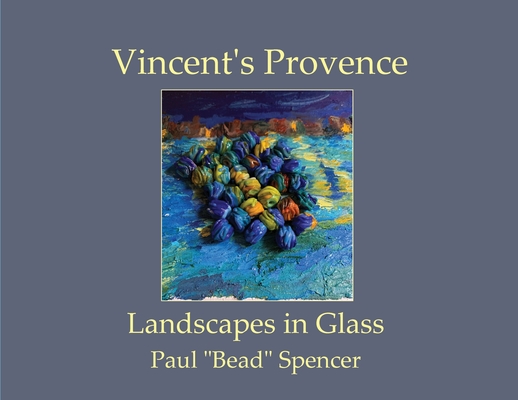Nestled in the south of France, Provence is a region long celebrated for its enchanting beauty and timeless charm. Its power to captivate lies in a blend of breathtaking natural landscapes, a rich cultural heritage, and an almost mystical atmosphere. The region's distinctive light, dramatic terrain, and deep historical roots have drawn artists for generations, offering both inspiration and refuge. Among those drawn to its spellbinding scenery were artistic giants who left an indelible mark on both the region and the broader art world, helping to shape the perception of Provence as a place of profound artistic inspiration. Paul "Bead" Spencer first visited Provence with a sense of awe and reverence. As he approached Arles, a city where Vincent van Gogh experienced his creative peak, he felt the weight of its history. Driven by a desire to walk in Van Gogh's footsteps, Paul immersed myself in the places that shaped Van Gogh's vision, from well-known landmarks to hidden corners that echoed with Vincent's presence. Time passed quickly, and within six months, Paul found himself returning, this time with paints, canvas, and a desire to capture the spirit of Provence through his own artistic lens. What struck him most was the purity of the light and the region's vibrant colors. In the Alpilles, a serene and intricate palette unfolds azure evening skies, the soft yellow of stucco walls, powder blue shutters, and the lush green of olive groves. The intense hues of the Mediterranean and the vivid contrasts of the Camargue added depth and drama to the landscape. Van Gogh's descriptions of stark whites and deep shadows came alive before Paul's eyes. Over two decades ago, Paul "Bead" Spencer discovered the art of glass bead making as a practice that merges ancient tradition with contemporary creativity. What fascinated him was how this medium allowed for personal expression within the intimacy of a small art studio, using techniques that echo large-scale hot shop glasswork, but on a miniature scale. As he explored the intersection of painting and glassmaking, Paul began experimenting with textures that mirrored the impasto technique which was Van Gogh's signature use of thick paint. Van Gogh's dynamic brushwork and tactile surfaces inspired Paul to replicate that expressive quality in glass. This became his approach to "painting with glass" where he captures the immediacy and emotion of a brushstroke in a medium that plays with light and texture in its own unique way.











